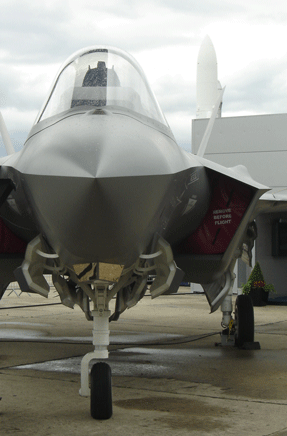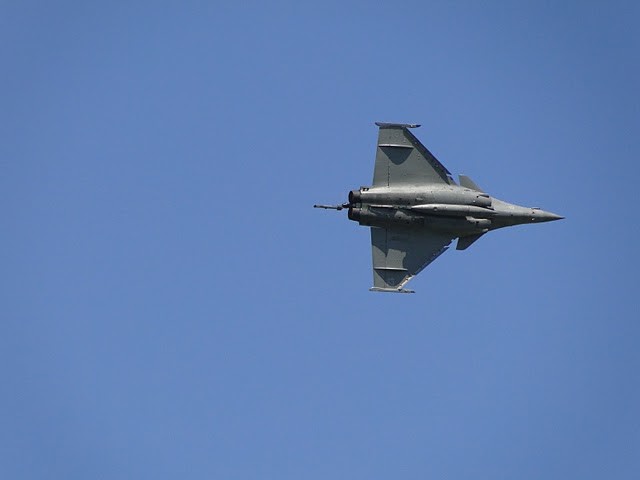
The British Harriers were to be replaced by the F-35Cs. Do you remember? You may have learnt from the recent news that the carrier variant of the Lockheed Martin Aeronautics Joint Strike Fighter – CV JSF (Carrier Vessel variant’s Joint Strike Fighter) – F-35C was unable to catch the wire onboard the aircraft carrier during the latest landing tests.
Strange as it may seem, the F-35C’s designers may have not forecast what would unfold during a test flight while landing on an aircraft carrier:
The arresting hook (tailhook) never engaged the arresting wire as the clearance between the tail hook and the main landing gear’s tyre tread is too short for such a speed. An F-35C Lightning II missing her carrier landing has been reported even though some U.S. officials would have dismissed such information which might result from simulated tests.
Added to that is a software bug which had grounded the CV JSF for 6 days a few month earlier for the fifth-generation fighter aircraft might have encountered wing-folding input while flying!
As a result, the British Ministry of Defence might find a Plan-B solution as these design flaws, and some others which date back to November 2011 are deemed unacceptable for such an expensive fighter aircraft – $139.5 million for the F-35C (CATOBAR – Catapult Assisted Take Off But Arrested Recovery), and $150 million for the F-35B (STOVL – Short Take-Off and Vertical Landing). The latter can land on carriers but she is more expensive, and the JSF program costs have already increased several times.
Moreover, the JSF would not be able to fire AMRAAM air-to-air missiles as reported in this video:

And there’s even more: according to a Pentagon study team report, 13 areas of concern that remained to be addressed in the F-35 would have been identified. For instance, the Helmet Mounted Display System (HMDS) would not work properly…
The British MoD is therefore considering the purchase of either F/A-18E Super Hornets or RAFALEs for the RAF. The French Dassault which has already lost the Swiss NAC tender due to replace the Swiss Air Force’s F-5s, would be proposing a new offer with 18 RAFALEs at a cost deemed lower than the 22 SAAB Gripens’ one according to the Swiss press.
The RAFALE is still in competition with the Eurofighter in the Indian MMRCA tender. the Indian officials are expected to make a decision this week. To be continued… ==> We have just learnt (on January 31, 2012) that the RAFALE has won the MMRCA tender… 🙂

